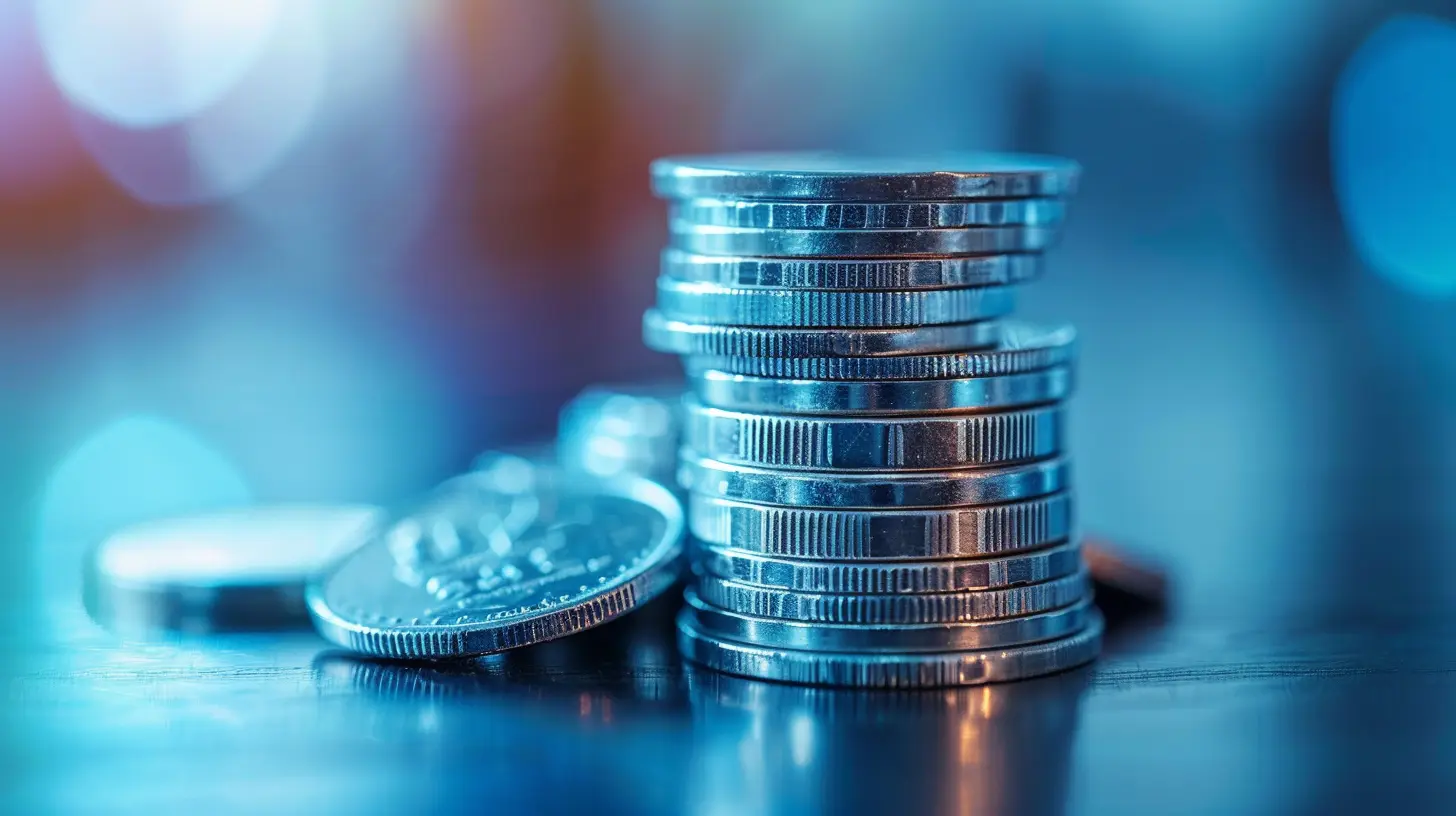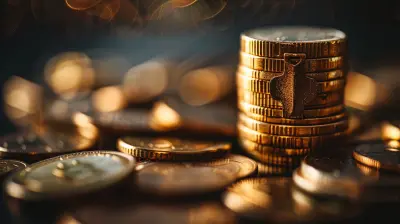Reinvesting Dividends: Compounding on Top of Compounding
28 October 2025
Investing in dividend-paying stocks is one of the smartest ways to build long-term wealth. But what if I told you there’s a way to supercharge your returns without adding a single extra dollar from your pocket? That’s where reinvesting dividends comes in—a strategy that takes advantage of compounding on top of compounding.
If you’re looking to maximize your portfolio’s growth over time, reinvesting dividends is a game-changer. Let’s break it down and see how this strategy works, why it’s so powerful, and how you can implement it in your own investment journey. 
What Is Dividend Reinvestment?
Before we dive deep, let's get the basics straight. Dividends are payments that companies distribute to their shareholders, usually from their profits. Some investors love using these cash payouts as passive income. But another approach—arguably an even better one—is reinvesting those dividends to buy more shares of the same stock or fund.How Does it Work?
1. You own dividend-paying stocks.2. The company issues a dividend.
3. Instead of taking the cash, the dividend is used to buy more shares.
4. These new shares will also generate their own dividends.
5. Rinse and repeat—the snowball effect begins!
This cycle allows you to compound your returns faster than relying on stock price appreciation alone. 
The Power of Compounding on Top of Compounding
You’ve likely heard about compound interest—the concept of earning interest on both your initial investment and the interest accumulated over time. Now, imagine adding another layer of compounding on top of that.Reinvesting dividends means not only is your original investment growing, but your dividends are also generating more dividends. Over decades, this effect becomes exponential.
A Simple Example
Let’s say you invest $10,000 in a dividend-paying stock that yields 4% annually.- If you take the dividends as cash, you’ll receive $400 per year.
- If you reinvest them, those extra shares also start earning dividends.
- Over 30 years, the difference can be staggering—potentially turning your $10,000 into well over six figures, depending on the stock's price growth and dividend increases.
It’s like planting a tree—not only does the tree grow taller, but it keeps sprouting new branches, which then grow their own branches. 
Why Reinvesting Dividends Works So Well
1. Accelerated Growth
Every time you reinvest dividends, you're buying more shares without investing new money. This means your portfolio isn't just growing from stock price appreciation but also from an increasing share count.2. Takes Advantage of Market Fluctuations
When stock prices drop, your dividends buy more shares at a lower price. When prices go up, your total investment value increases. It’s a built-in “buy low” strategy without you having to time the market.3. The Snowball Effect Over Decades
Time is your best friend. The longer you allow reinvestment to work, the more powerful the compounding effect becomes. A 25-year-old investor reinvesting dividends can expect significantly higher returns by retirement compared to someone who starts at 45.4. Passive, Hands-Free Investing
With a Dividend Reinvestment Plan (DRIP), everything happens automatically. You won’t have to manually reinvest dividends—it’s all done for you. This hands-off approach allows your portfolio to grow effortlessly.
How to Start Reinvesting Dividends
Want to put this strategy into action? Here’s how to get started:1. Choose Dividend-Paying Stocks or Funds
Not all stocks pay dividends. Look for companies with strong dividend histories, preferably ones that increase payouts over time (Dividend Aristocrats or Dividend Kings are great options).Alternatively, you can invest in dividend-focused ETFs or mutual funds that distribute regular income.
2. Opt for a DRIP (Dividend Reinvestment Plan)
Many brokerage accounts offer automatic dividend reinvestment. Instead of receiving cash payments, your dividends will be used to buy fractional shares of the same stock.3. Focus on Long-Term Growth
Reinvesting dividends isn't a short-term strategy. The key is patience—allow compounding to work its magic over 10, 20, or even 30+ years.4. Reinvest Even in Retirement (If Possible)
If you're not relying on dividends for income, continuing to reinvest them during retirement can help preserve and grow your portfolio for longer.The Math Behind Dividend Reinvestment
Let’s see how reinvesting dividends compares to taking the cash:- Scenario 1: You invest $10,000 in a stock yielding 4% but take the dividend payouts annually.
- Scenario 2: You reinvest those dividends every year.
After 30 years:
- Without reinvestment: Your total dividends received = $12,000
- With reinvestment: Your portfolio could be worth $60,000 or more (depending on dividend growth and stock performance).
That’s the magic of reinvesting—your money works harder for you.
Potential Risks & Considerations
Of course, like any strategy, reinvesting dividends isn’t foolproof. Here are some things to keep in mind:1. Not All Dividend Stocks Are Great Investments
Some companies offer high dividend yields but struggle financially. It’s crucial to invest in stable, growing companies rather than chasing the highest yield.2. Taxes on Reinvested Dividends
Even if you reinvest, dividends are still considered taxable income unless they’re in a tax-advantaged account like an IRA or 401(k).3. Market Volatility Can Impact Growth
If a stock’s price declines significantly, reinvesting dividends may not fully offset losses. However, in the long run, quality dividend stocks tend to recover and thrive.The Bottom Line
Reinvesting dividends is one of the most powerful and effortless ways to build long-term wealth. By letting your dividends purchase more shares, you create an unstoppable compounding machine that accelerates your investment returns over time.Even if you’re not investing large amounts, the magic of compounding on top of compounding can turn a modest portfolio into a substantial one given enough time.
So, if you haven’t started already, consider turning on automatic dividend reinvestment. Your future self will thank you!
all images in this post were generated using AI tools
Category:
Compound InterestAuthor:

Angelica Montgomery
Discussion
rate this article
1 comments
Calaris McManus
Reinvesting dividends is like giving your money a double espresso shot—suddenly, it’s buzzing with energy and multiplying faster than rabbits at a carrot convention! Who knew that compounding could be this exciting? Let’s raise a toast (with dividend champagne) to our money’s tireless journey to financial stardom!
November 13, 2025 at 5:54 AM

Angelica Montgomery
Absolutely! Reinvesting dividends supercharges your investments, making compounding truly exhilarating. Cheers to our financial futures! 🥂


